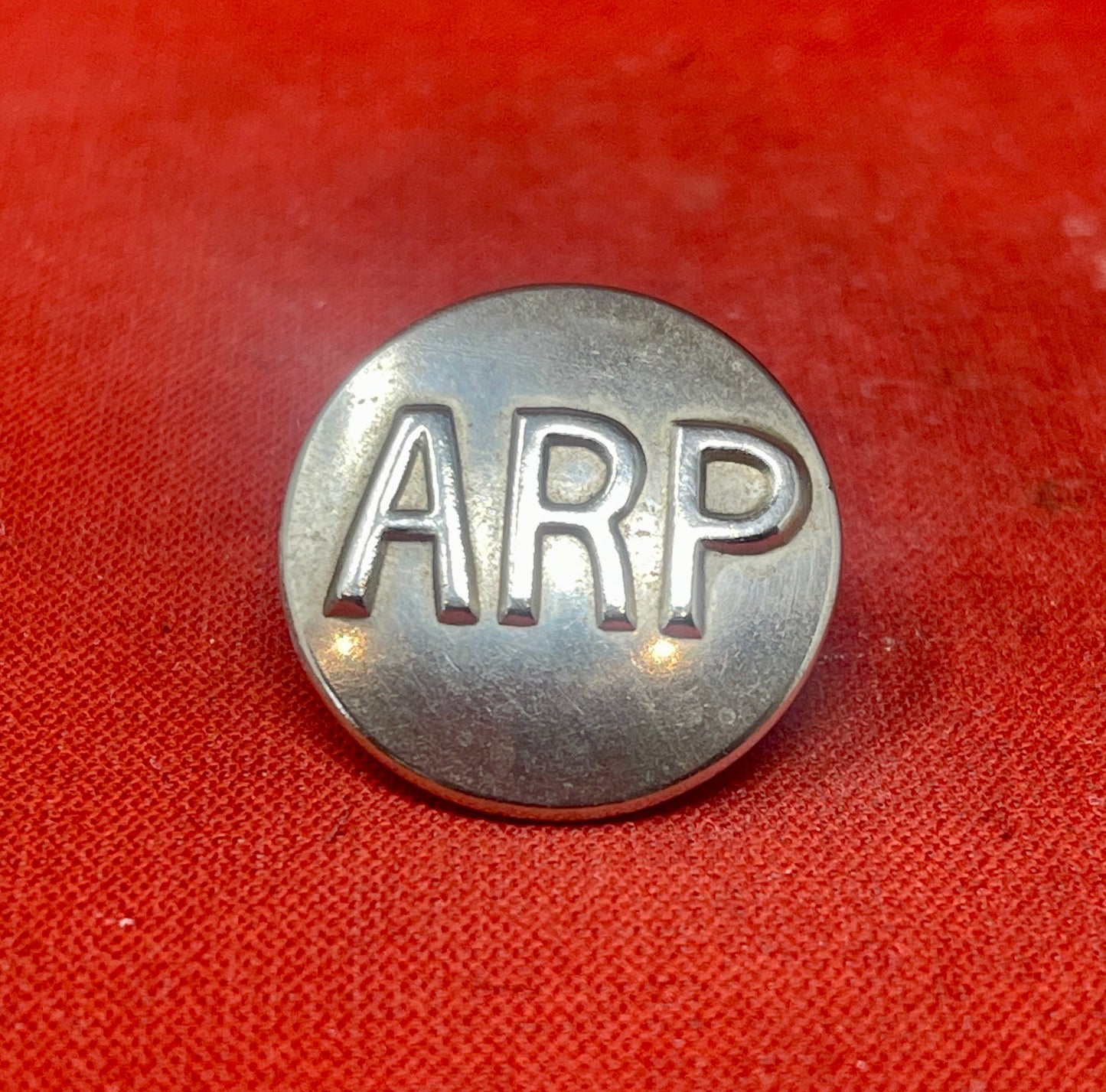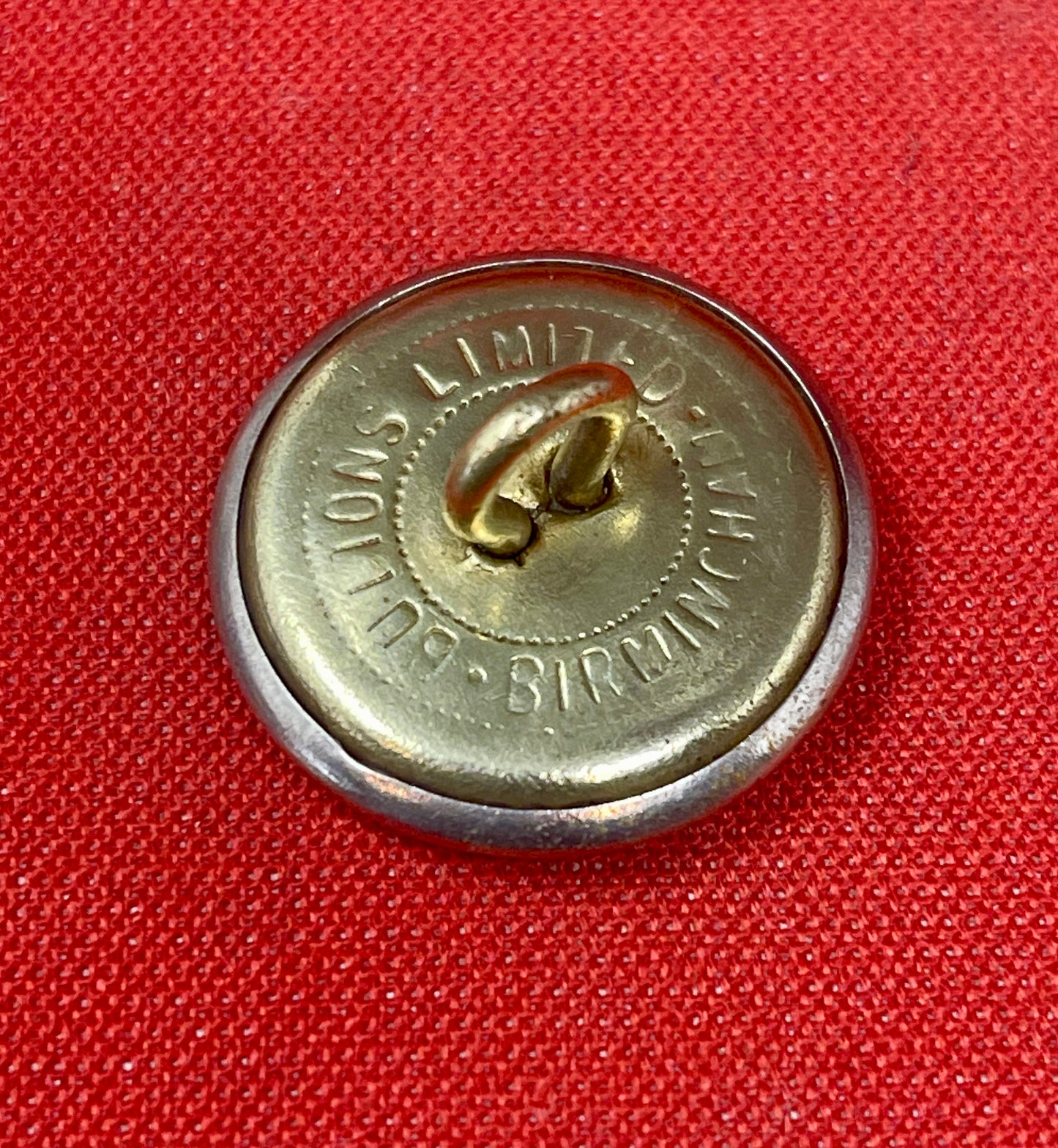Tommies Militaria and Collectables
Air Raid Precautions ARP Brass Button Buttons Ltd Birmingham
Air Raid Precautions ARP Brass Button Buttons Ltd Birmingham
Couldn't load pickup availability

Product Condition
Product Condition
Shipping & Returns
Shipping & Returns
Shipping
All orders are subject to a delivery, packing & handling charge. The correct charges will be automatically calculated via our Shopping basket ordering system and are based on the total weight of your order, your location, and our normal method of despatch. Please be aware that we reserve the right to alter any miscalculation, plus or minus, and you will be notified prior to shipping of any changes.
When shipping items, we use the UK Royal Mail, EVRI, DPD and Parcel Force in the event of a parcel arriving with contents damaged ALL the packaging must be kept for inspection by the delivering shipping contractor whoever that contractor is, failure to adhere to this WILL result in ANY claim being denied.
We do ship internationally and will always use a Tracked and Signed for service. We strive to use the best and most economical shipping services available
All shipping, insurance and import charges will be borne by the customer.
All lots are shipped at the buyers risk no compensation will be offered for items lost or broken in transit. Alternatively you can pay for your own courier.


Product Description
This Air Raid Precautions (ARP) brass button is a genuine artifact from the World War II era, reflecting the bravery and dedication of those who served in Britain’s civil defense. Manufactured by Buttons Ltd, Birmingham, it embodies the craftsmanship and historical significance of wartime Britain.
The button is crafted from high-quality brass, featuring the distinct ARP insignia prominently embossed on its face. Its polished surface, sturdy shank back, and crisp detailing demonstrate the exceptional workmanship of its maker. Such buttons were an integral part of the uniforms worn by ARP wardens, who played a vital role in protecting civilians during air raids, enforcing blackout rules, and assisting with rescue and recovery operations.
This button serves as a tangible reminder of the courage and resilience displayed during one of history’s most challenging periods. It is an excellent collectible for military history enthusiasts, offering a direct connection to the equipment and individuals who contributed to Britain’s home front efforts. Whether displayed in a collection or incorporated into a historical reenactment, this ARP button is a poignant piece of history, reflecting both its utilitarian purpose and its symbolic importance during World War II.


